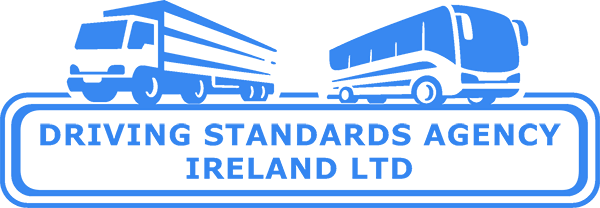Module 2: Minimising Risks and Managing Emergencies
Minimising Risks and Managing Emergencies is an essential part of Driver CPC training in Ireland. By equipping professional drivers with the knowledge and skills needed to prevent risks and handle emergencies effectively, this module contributes to safer roads and more responsible driving practices.
At Lynch CPC, we provide comprehensive Driver CPC training designed to meet the highest industry standards. Our expert instructors ensure that all participants gain practical, real-world knowledge that enhances their safety and efficiency on the road.
The CVEDT module aims to enhance drivers’ ability to control their vehicles efficiently, reduce fuel consumption, and minimise environmental impact while improving road safety. Secure your place today.
Key Learning Objectives of the Minimising Risks and Managing Emergencies Module
Understanding Risk Prevention in Commercial Driving
-
Recognising Hazards: Understanding different types of hazards such as pedestrians, cyclists, heavy traffic, and changing road conditions.
-
Defensive Driving Techniques: Learning how to anticipate the actions of other road users and react appropriately to avoid collisions.
-
Vehicle Inspection and Maintenance: Conducting routine pre-journey and post-journey checks to ensure the vehicle is roadworthy.
-
Fatigue Management: Understanding the dangers of driver fatigue and implementing measures to prevent drowsy driving.
-
Speed Management: Adhering to speed limits and adjusting speed according to road, traffic, and weather conditions.
Effective Emergency Response for Professional Drivers
-
Recognising Emergency Situations: Identifying different types of emergencies such as tyre blowouts, brake failures, and sudden road obstructions.
-
Correct Use of Hazard Warning Lights: Knowing when and how to use hazard lights to alert other road users.
-
Evacuation Procedures: Understanding when and how to evacuate a vehicle safely, particularly in cases of fire or hazardous material spills.
-
Basic First Aid Knowledge: Learning life-saving first aid techniques, including CPR and wound management, which can be critical in the event of an accident.
-
Communication with Emergency Services: Knowing how to report incidents clearly and efficiently to emergency responders.
-
Use of Safety Equipment: Familiarisation with fire extinguishers, warning triangles, and high-visibility clothing to enhance safety during roadside emergencies.
The Importance of Situational Awareness
-
Keeping a Safe Following Distance: Maintaining adequate distance from other vehicles to allow time for emergency braking.
-
Monitoring Blind Spots: Regularly checking mirrors and using technology such as blind-spot detection systems.
-
Managing Distractions: Avoiding mobile phone use, eating, or other activities that divert attention from the road.
-
Weather Adaptation: Adjusting driving techniques based on adverse weather conditions such as rain, snow, fog, and strong winds.
Handling Vehicle Breakdowns Safely
-
Pulling Over Safely: Moving the vehicle to a safe location, such as the hard shoulder or a designated breakdown area.
-
Using Warning Signals: Deploying hazard lights, warning triangles, and reflective vests to alert other road users.
-
Contacting Breakdown Services: Knowing the necessary information to provide when calling for assistance.
-
Staying Inside or Leaving the Vehicle: Understanding when it is safer to remain inside the vehicle and when to exit.
Dealing with Road Traffic Collisions
-
Assessing the Scene: Ensuring personal safety before assisting others.
-
Securing the Area: Placing warning signs and hazard lights to prevent further accidents.
-
Providing Assistance: Administering basic first aid if required and calling emergency services.
-
Gathering Information: Collecting details such as vehicle registration numbers, witness statements, and photos for insurance and legal purposes.
-
Reporting the Incident: Informing the employer and relevant authorities as required by law.
Legal Responsibilities in Emergencies
-
Duty of Care: Assisting injured parties if it is safe to do so.
-
Accident Reporting Requirements: Notifying the Gardaí if the accident involves injury or significant damage.
-
Alcohol and Drug Testing: Understanding the legal implications of substance use and mandatory testing following serious incidents.
-
Insurance and Liability Considerations: Ensuring all necessary documentation is in order to facilitate claims processing.
Book Module 2 Course
Here you will find the latest Module Courses scheduled for the coming months. If you are unable to attend these dates please get in touch with us today by clicking the contact buttons below.
CPC Training Modules Covered
Lynch CPC delivers all five RSA-approved CPC modules, ensuring full compliance with EU driver CPC regulations:
Module 2: Minimising Risks and Managing Emergencies FAQs
What is Module 2 of Driver CPC training?
Module 2: Minimising Risks and Managing Emergencies is part of the mandatory Driver CPC training in Ireland. It focuses on risk prevention, defensive driving, emergency response, and legal responsibilities for professional drivers.
Who needs to complete Module 2?
All professional drivers of buses, coaches, and lorries in Ireland must complete this module as part of their periodic Driver CPC training to remain compliant with road safety regulations.
How does this module help improve road safety?
By training drivers to anticipate and manage risks effectively, this module reduces the likelihood of accidents and improves emergency response, making roads safer for all users.
How does Module 2 help with emergency response?
It equips drivers with essential skills such as recognising emergency situations, using safety equipment correctly, administering basic first aid, and communicating effectively with emergency services.








